Category: Gear & Stuff

When it comes to famous samurai clans and legendary sword battles, Japan’s history is full of them. From Sasaki Kojiro and his famous duel with Miyamoto Musashi to tales of Uesugi Kenshin and Takeda Shingen, these battles are dramatic and compelling. While there are many standout warriors throughout Japan’s samurai history, there is one who was considered to have the deadliest sword. 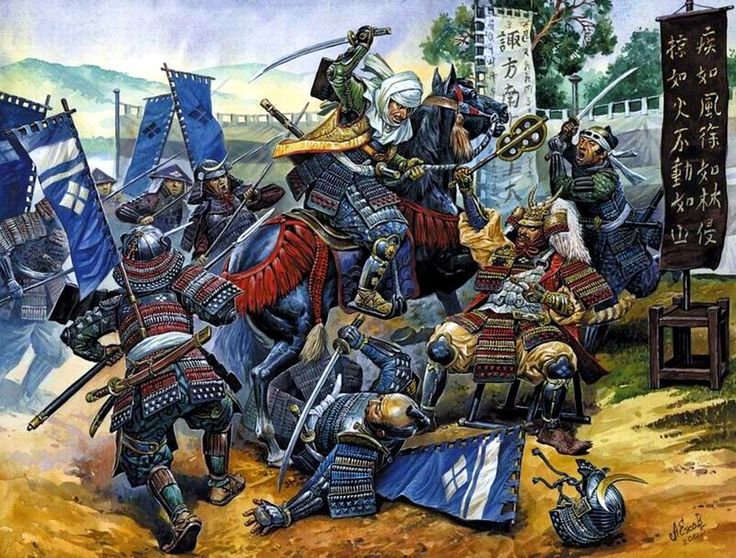
The Katana of Masamune
Many people acknowledge that Masamune was Japan’s greatest swordsmith. Gorō Nyūdō Masamune was active around the 13th century, when samurai warriors were in a constant sword battle, and this style of weapon was in high demand.
In addition to being a very talented smith, Masamune also understood the mechanics of the samurai fighting style as well as their needs when battling their most fearsome enemy — the Mongols. He actually developed the katana from the common swords of the period, like tachi and kissaki.
His work was based on the work of a previous swordsmith named Amakuni. Many legends talk about the frustration Amakuni experienced watching his swords break during battle after battle.
He began experimenting with different materials and blade shapes until he found one that could stand against the armor and weapons of the enemy. He created his deadliest sword, the tachi, which Masamune then transformed into the katana.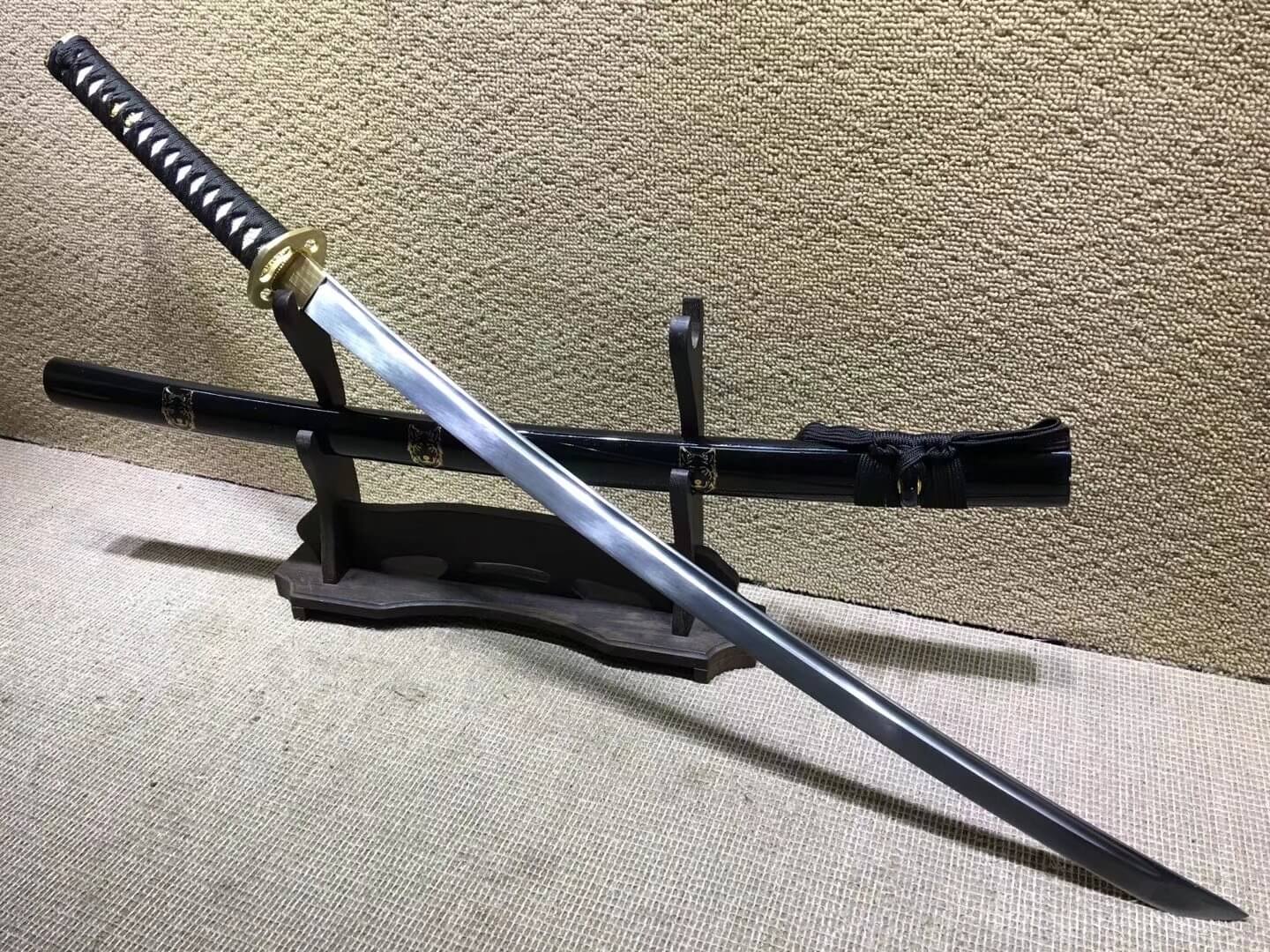 His Katanas
His Katanas
The katana has a slender design with a curve in the center that soldiers could effectively use for slashing and stabbing. Masamune’s katana creations were more than just the deadliest swords around, they were also incredibly beautiful. His weapons quickly became the benchmark for all samurai weapons, and the katana transitioned into a position as a samurai’s most important weapon.
An old portrait of Masamune
Masamune’s Weapons History
Many of Masamune’s creations were considered some of the deadliest swords available, but there are some more famous than others. The most infamous sword he created is called the Honjō Masamune katana. This sword has been passed down by shōguns throughout the centuries until it arrived in the hands of Tokugawa Iemasa — its final owner.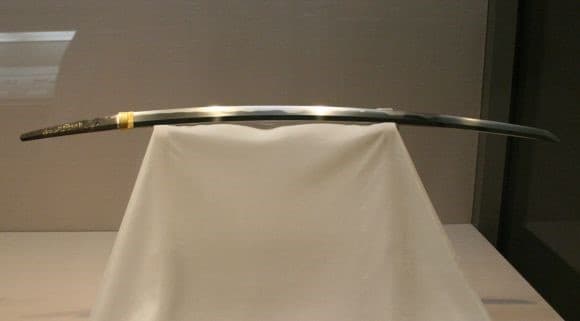
This sword was named a national treasure in 1939 but disappeared in the midst of World War II. After the war, someone surrendered it to a police station under laws imposed by the American occupation. Since nobody recognized the world’s most infamous and deadliest sword, nobody knows what happened to it or where it went.

When it comes to hunting, there are many ways to hunt different animals, and hunting wild pigs is one of the most unique. Where predator or big game hunting typically revolves around getting one perfect shot on an animal, hunting wild pigs in the United States is more about extermination due to the billions of dollars in damage they cause to farmland each year. While getting a perfect first-round hit is still imperative, getting quick follow-up shots on other pigs is just as important. I have been hunting wild pigs for nearly a decade, and I will share some things I wish I would have known or had for the first time I went hog hunting.
Rifles For Hog Hunting:
A reliable semi-automatic rifle is the go-to for hog hunting. While bolt actions can be lighter weight and typically more accurate out of the box, a quick-shooting semi-automatic rifle is going to be the best choice when the goal is exterminating wild hogs. The choice between bolt guns and semi-autos comes down to your type of hunting, but for me, I started running a pieced-together Aero Precision M5 AR10 around two years ago and have no regrets. Choosing the caliber to have a rifle chambered in is another whole debate, and while many get the job done, 308 and 7.62×39 seem to be the most common cartridges used. While 223/556 is fully capable of killing wild pigs, I switched to 308 after finding out how many shots it took to bring down some pigs. While some would drop right away with a well-placed shot from an AR15, others soaked up multiple rounds and kept running only to die in the woods. Switching to an AR10 chambered in 308 essentially eliminated this from happening. I have found it to do a much better job of dropping pigs when they are hit.

Thermal Scopes for Hog Hunting:
To first hunt pigs, you have to see them. For the most part, wild pigs stay in the brush and don’t move much during the day. However, they love to come out in groups at night. While I have successfully shot a few during the day, the vast majority have been shot at night with thermals. For this reason, a thermal scope is at the top of my list. It wasn’t until I had a thermal that I realized how many animals are moving at night. Running night vision for around 2 years before thermal, I could find some pigs out on our farmland, but I couldn’t see much in the shadows or rows of the standing crops. Everything changed when I bought my first thermal, the Pulsar RXQ30V (which has been discontinued). This optic changed everything. I had it on a quick-detach mount so I could easily use it as a scanner, and then mount it back to my rifle while retaining my zero when it was time to shoot. The power of thermal is that any warm-blooded creature emits radiation in the form of heat. This radiation is picked up by the sensor in thermal devices and makes the creature glow and really stand out from its surroundings. Due to the effectiveness of thermal, I can see pigs and coyotes out in the shadows or brush where I would have never detected them with night vision alone. This however is the most expensive piece of my hunting gear. Entry-level thermal scopes start around $2,000 and can get quite pricey with the better components included in more premium units.

Tripods for Pig Hunting:
My next recommendation for hog hunting would be a tripod. When I first started hunting using thermals, I just tried to sneak up within 50 or so yards from pigs at night and would free-hand my shots. While I was able to get a few good shots at first, I would be all but worthless trying to shoot at the pigs as they ran off and got past 150 yards. Using a tripod was an absolute game-changer. Not only was I able to get better first-round shots, but I could accurately take shots out to a few hundred yards. A tripod also helps for quick follow-up shots on moving targets. Not only was I steady, but I had a solid shooting platform that sat up higher than the brush or stubble to maintain an unobstructed field of view. BOG makes some great affordable options such as the BOG DeathGrip for those just getting started. I have owned and used the Kopfjager K800 carbon fiber tripod with great success over the past two years and the reduced weight has been much appreciated for the longer stalks.

Suppressors for Hog Hunting
While a suppressor is not entirely necessary, using one has quite a few perks. Keeping the noise down is a courtesy, and helps to keep neighbors and cattle from getting freaked out. Not only is using a suppressor the polite thing to do, but it also reduces and changes the sound signature when shooting. While suppressors are not Hollywood quiet, I have had many times where after I fire the first shot, a group of pigs will run in my direction due to the sound bouncing off the trees in the distance. Suppressors also help reduce muzzle blasts which can be quite bright at night and would send pigs running in the opposite direction. They also slightly increase velocity so you can get +10 damage when trying to take down that massive boar. My first suppressor and the one I am still using is a SilencerCo Hybrid 46. It has worked great from 9mm up to 300 Weatherby magnum for me.

Boots for Hog Hunting:
As previously stated, hog hunting seems to be the most effective at night when the groups migrate out into the open fields. Due to this, I am always stumbling around in the dark on pretty uneven ground. Wild pigs are notorious for the destruction they cause to crops as well as how badly they rut up fields. These ruts in combination with other stumbling blocks create a challenging environment for your ankles. While in the past I have mostly used slip-on work boots when out hunting, investing in a quality set of boots with ankle support has given me some good peace of mind. I have rolled my ankles multiple times after stepping in a hole while trying to navigate in the dark. When using a set of lace-up boots, your ankles will be better protected while navigating uneven terrain. There are a lot of good options out there, but I purchased the Salomon Quest 4 Gore-Tex and put quite a few miles on them without issue this year.

Conclusion
For me, each of these items came after years of trial and error. I didn’t have many people to consult when I first started hunting, so I lived and learned. Hopefully, this list helps give a jump start into some great gear for hog hunting and saves y’all from some of the trial-and-error of this hunting journey. After saving up to purchase more of these tools, my effectiveness in the field increased dramatically. Skill is priceless, but quality gear without a question increases effectiveness.

Why are AK Magazines Orange?
.jpg)
The gear soldiers carry
Pilot Officer Jock Adamson was in a foul temper. A product of the little town of Rockhampton on the northeast coast of Queensland, Australia, Adamson had been flying in North Africa with the Desert Air Force for three months. He was assigned to No. 3 Squadron of the Royal Australian Air Force flying Curtiss P-40E Kittyhawks.
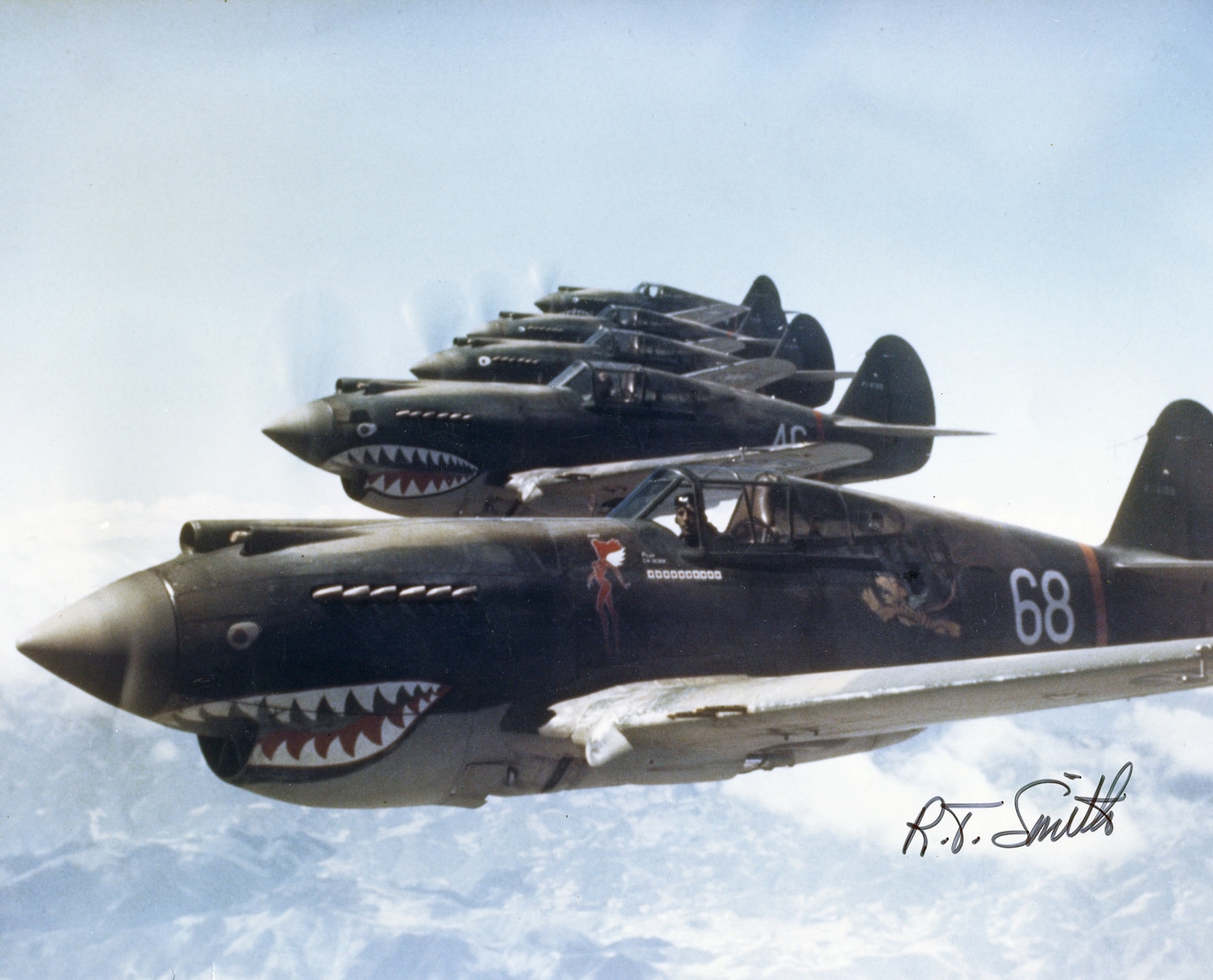
It had taken him about three minutes to grow weary of this place. Dry, hot, miserable, and bereft of both booze and women, this part of the world had little to commend it. Combine this with the fact that the Germans and Italians tried to kill him both day and night and you had the chemical formula for a sour attitude.
It was April 7, 1943, and Pilot Officer Adamson along with his wingman were on the hunt. The war on the ground swept back and forth as the British 8th Army slugged it out with the Afrika Korps. The Afrika Korps would surrender a short five weeks later, but for now they yet remained a formidable force.
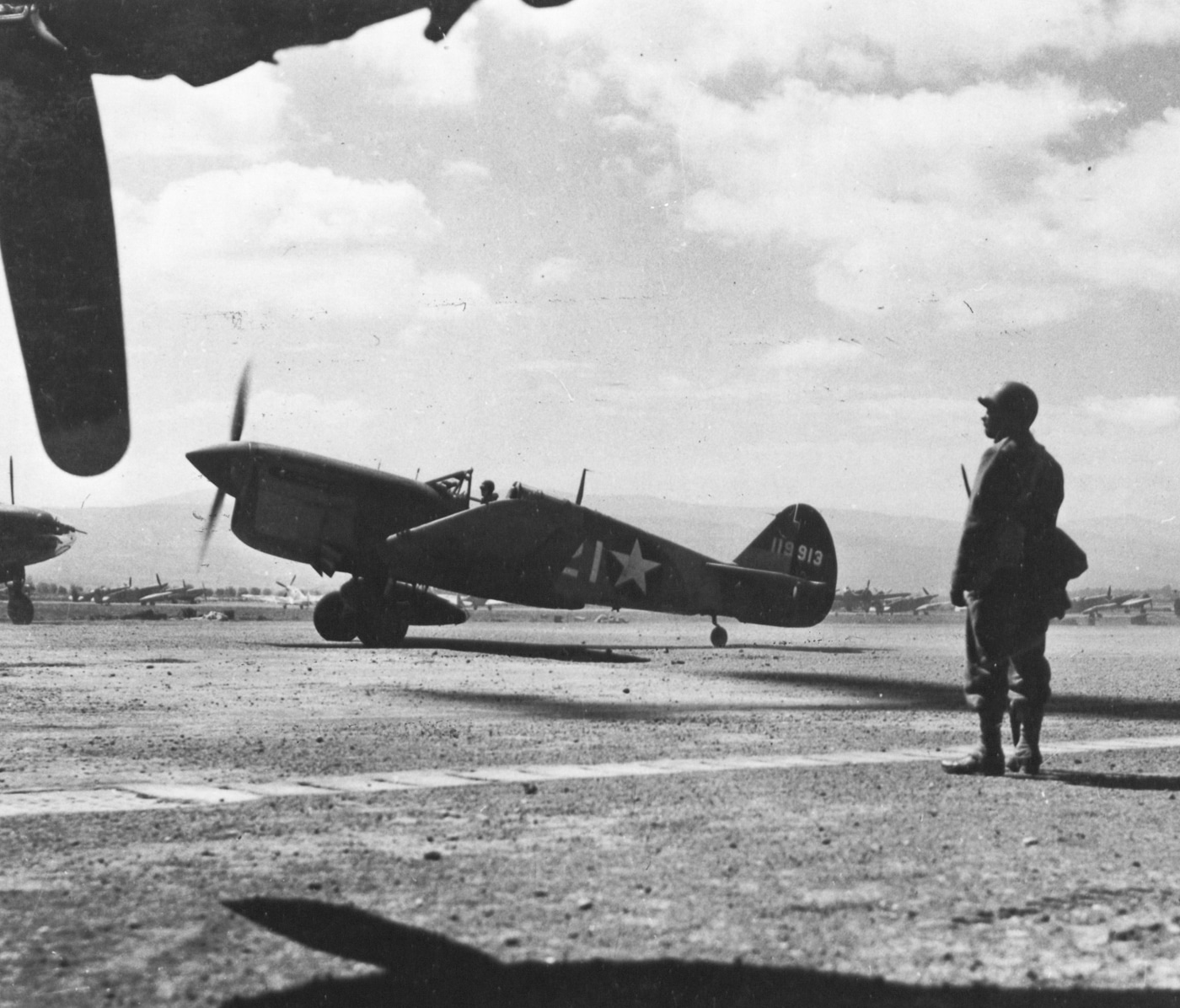
On this day a German column was making a rare daylight convoy movement. Jock and his mate spotted the dust cloud a dozen miles away. Dropping down to 100 feet off of the parched arid ground, the two Australians advanced the throttles on their powerful Allison engines and closed in for the kill.
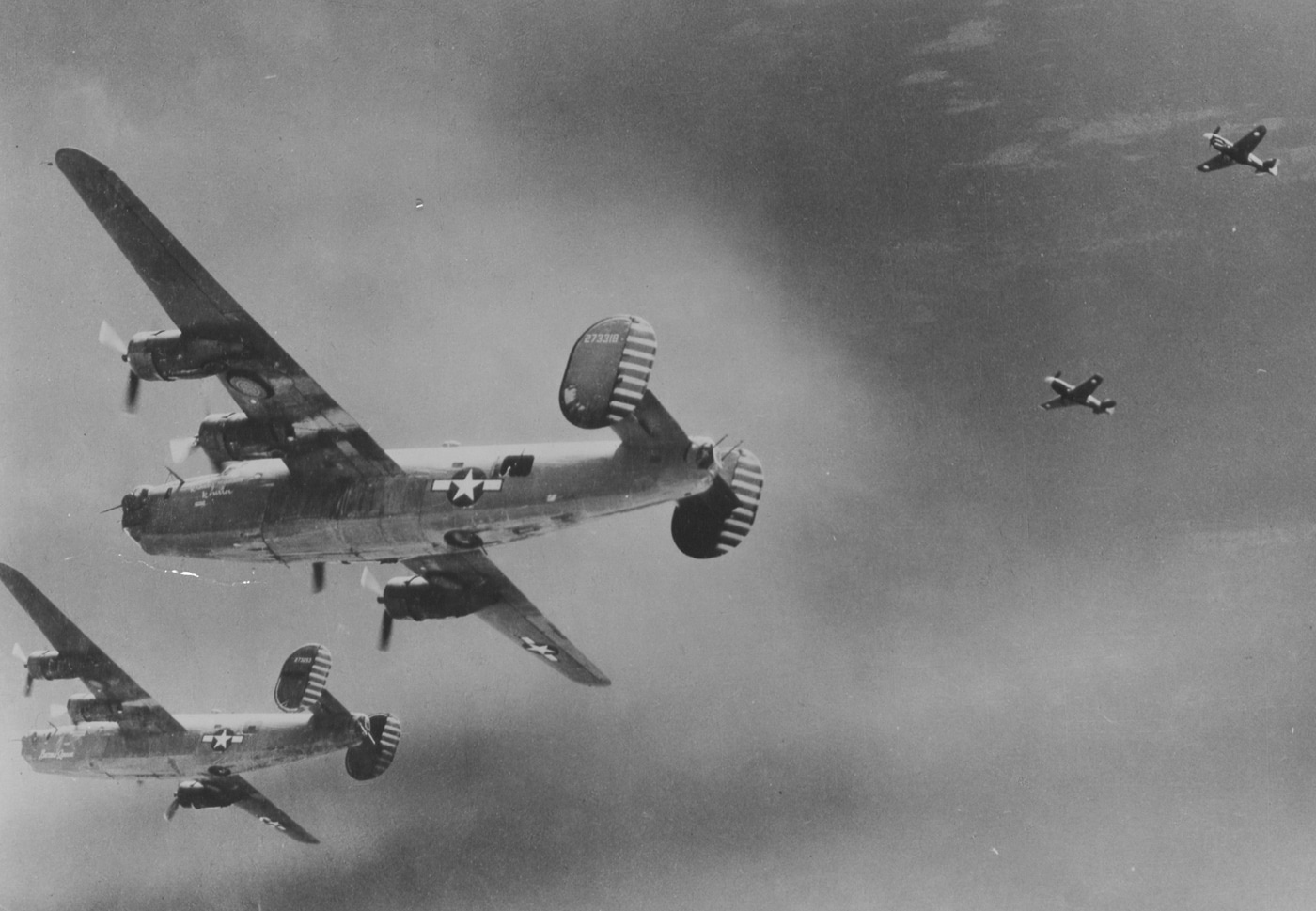
The combination of their low altitude and the cacophonous noise of the German Maybach engines masked the approach of the two Allied fighters. The first inclination the marching Germans had that something was amiss was when a sleeting hail of heavy fifty-caliber bullets swept over the length of their column. Afrika Korps Landsers leapt off of their tanks and out of their trucks to seek refuge in the sparse cover on the sides of the desert track. Without a proper ditch or any foliage, however, the Germans were all but helpless.
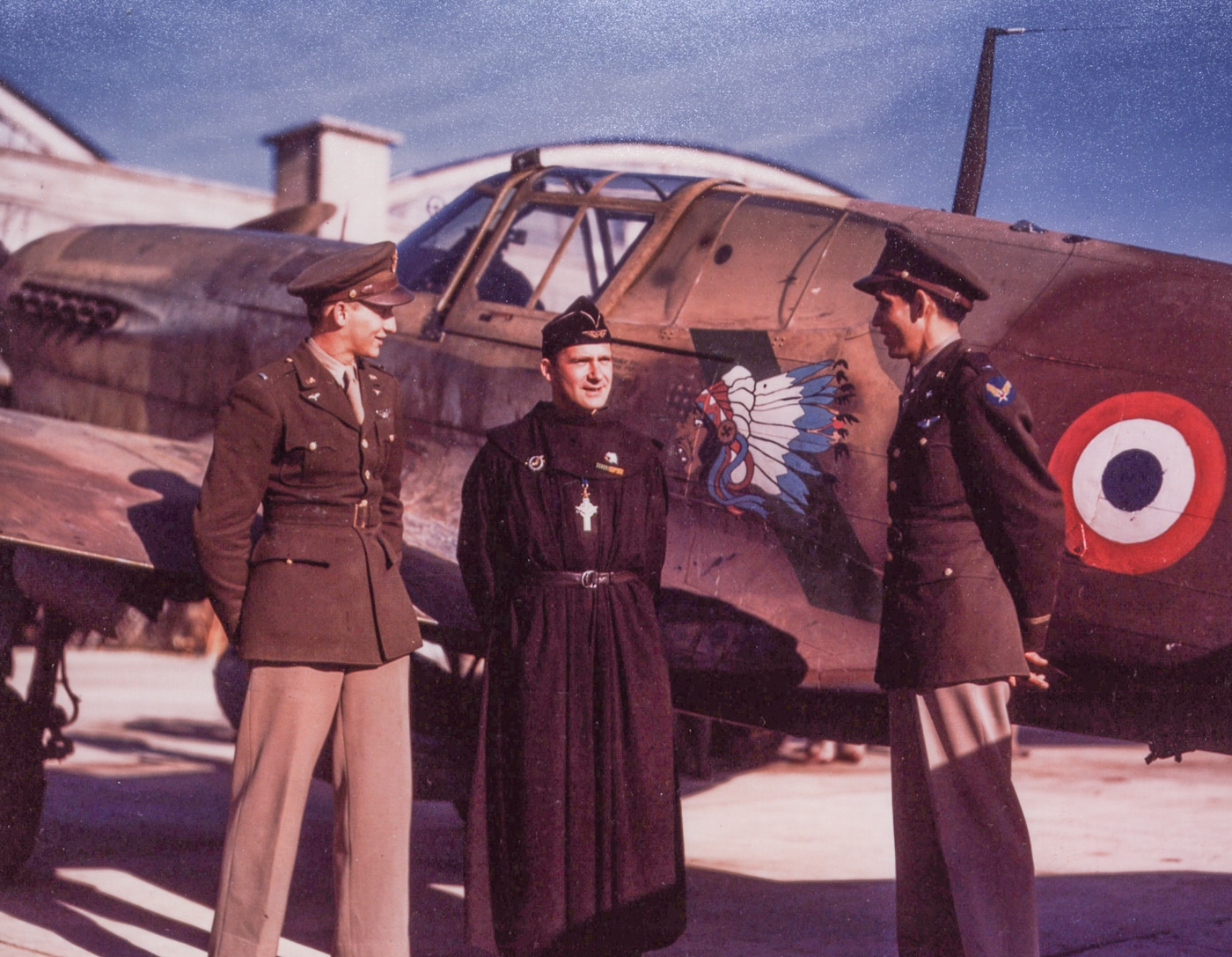
The two P-40’s swooped up and over, reversing course for another pass from the opposite direction. This time a few Wehrmacht soldiers fired back with their Kar98k rifles and a handful of MG34 machineguns, but they still stood little chance against the marauding Curtiss fighters. Jock and his wingman once again unlimbered their half dozen .50’s to sow carnage across the German motorized convoy.
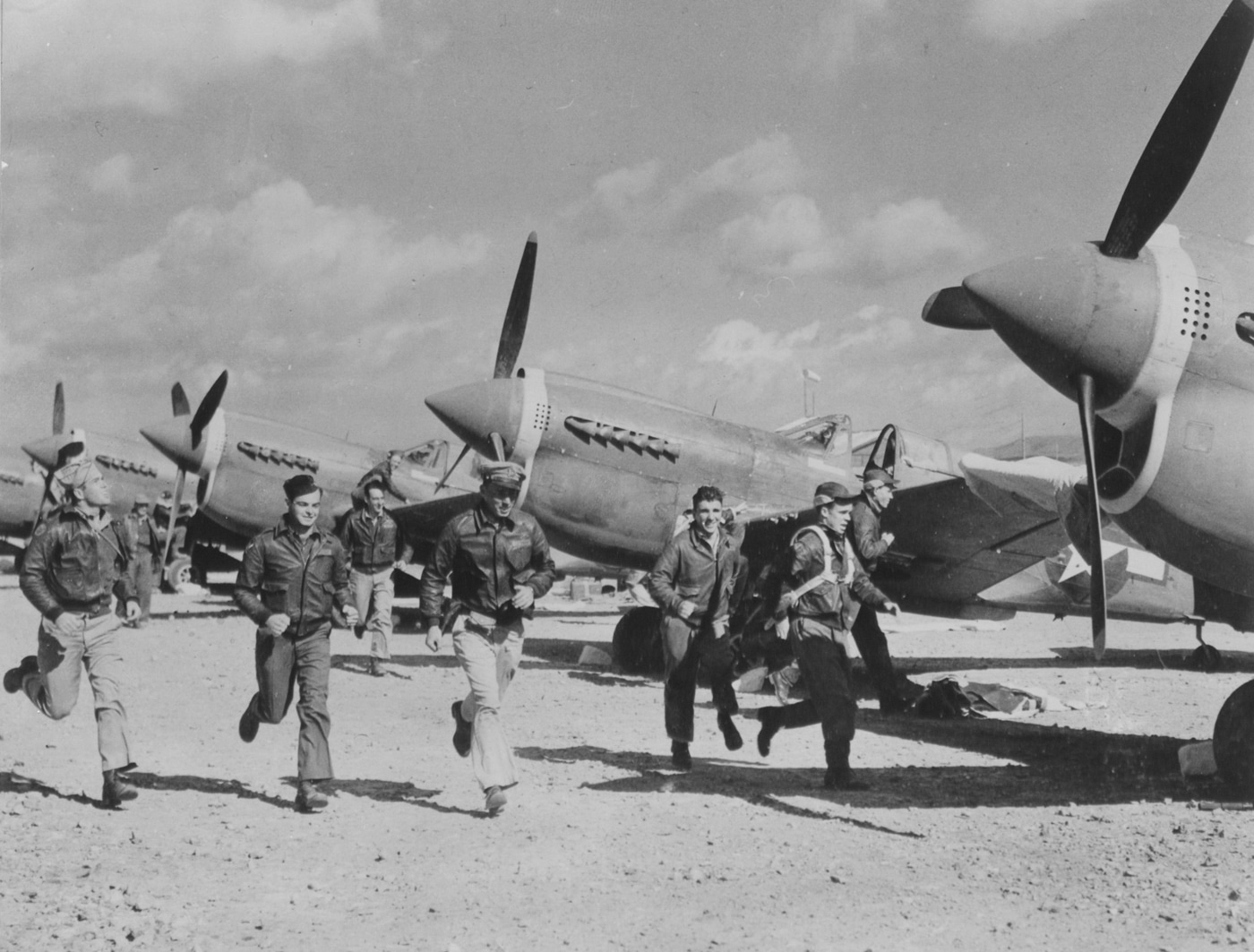
Each of Jock’s .50 calibers started the engagement with 615 rounds of linked four-and-one ball and tracer. That gave him a total of 3,690 rounds. The AN/M2 gun cycled at 850 rounds per minute. That equated to about forty seconds of fire until he was out of ammo. With the North African skies dirty with Bf-109F Messerschmitts, Jock and his wingman felt that two passes was enough. They swung their crates toward home and settled back to cruise speed, warily scanning the skies for vengeful Luftwaffe fighters.
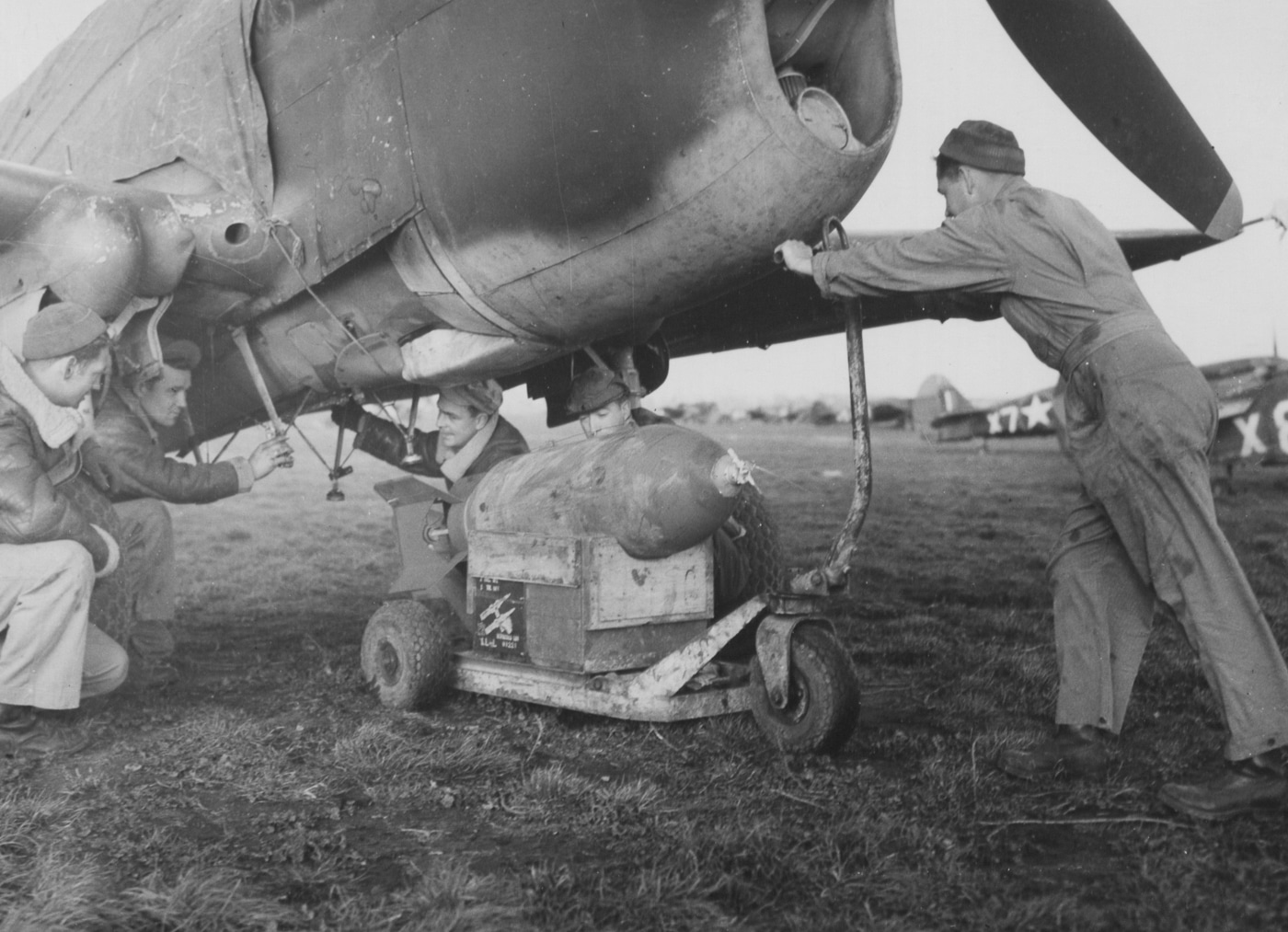
Back on the ground, the Afrika Korps troops slowly made their way back to their vehicles to count the cost. Troops caught in the open were torn to pieces by the ferocious half-inch slugs. Several trucks were on fire as was a halftrack. One Panzerkampfwagen Mk IV tank was badly damaged, and a kubelwagen was a total write-off. Alongside the kubel was Oberstleutnant Claus von Stauffenberg.
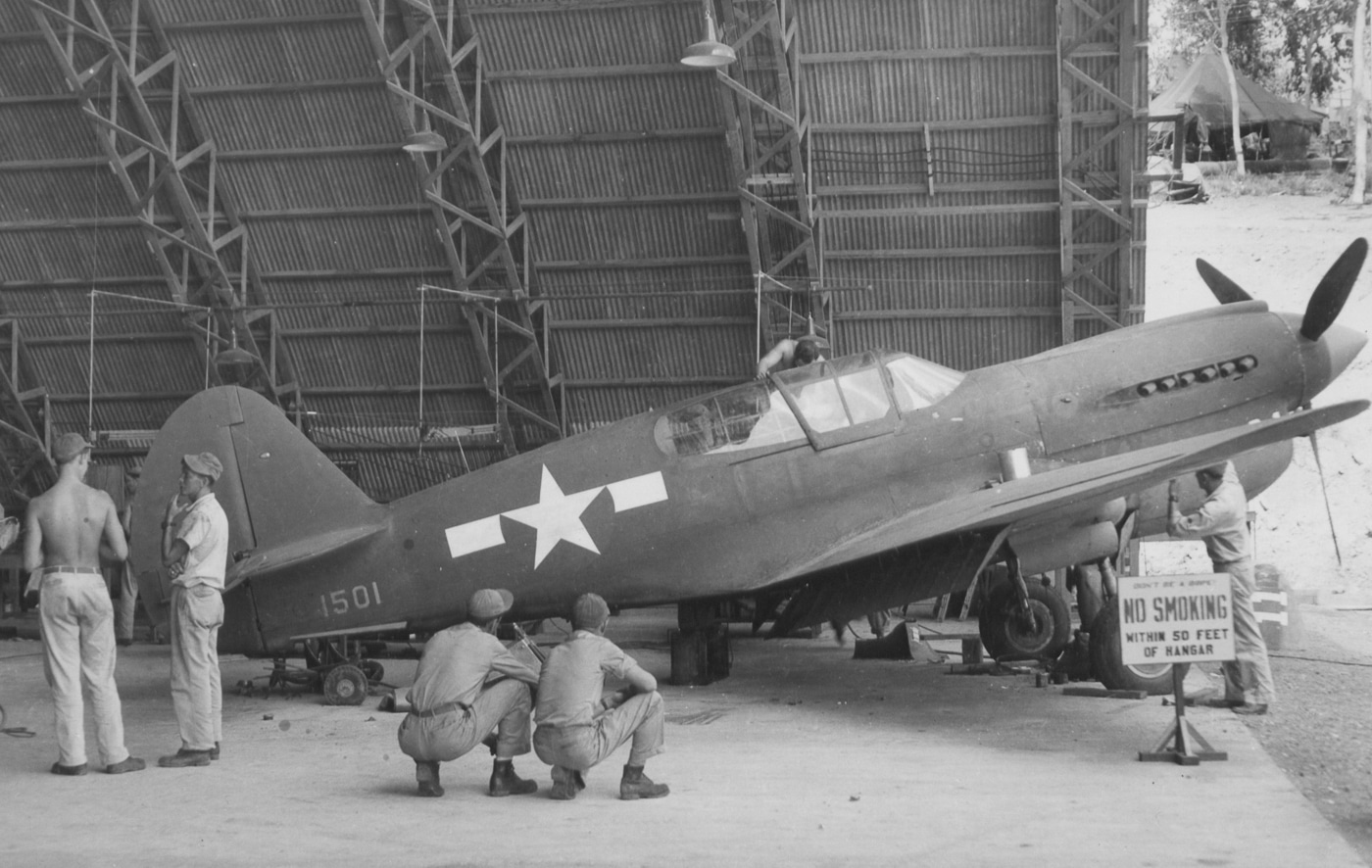
Von Stauffenberg was barely alive. His right hand was shot away, as were two fingers on his left hand. One round had bounced off the ground and then torn out his left eye. A beloved officer, his men cared for him as best they could before evacuating him to the rear for medical treatment. After three months in-hospital in Munich, von Stauffenberg was finally back on his feet. He jokingly told his friends that he had never really known what to do with so many fingers when he still had all of them. He was awarded the Wound Badge in Gold as well as the German Cross for gallantry as a result of this action.
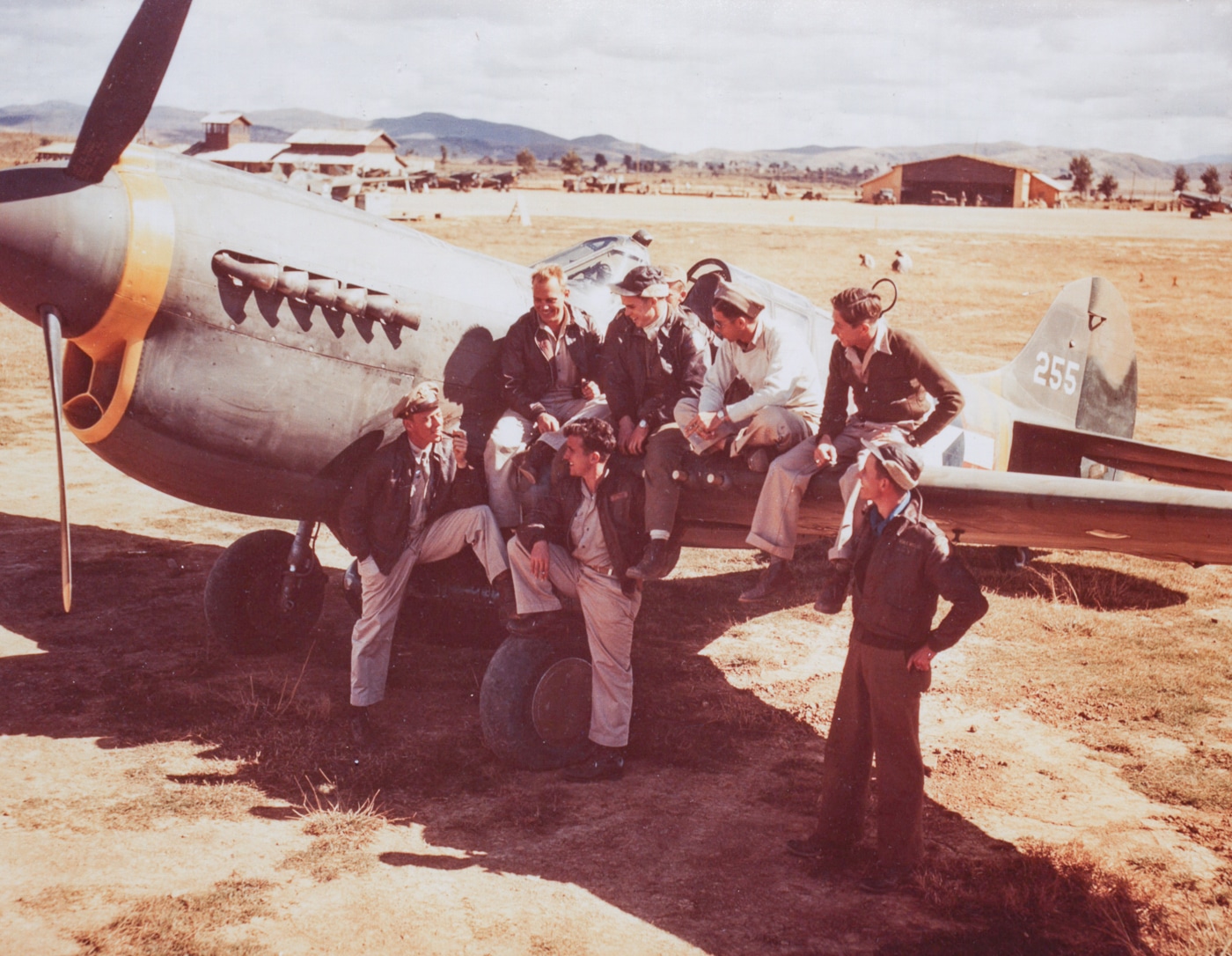
Fifteen months later, Claus von Stauffenberg deposited a 1-kilogram block of plastic explosive equipped with a time pencil underneath the heavy oak table in the Wolfsschanze during a briefing held for Adolf Hitler in what is modern-day Poland. He had started the operation with two blocks of explosive, but his injuries prevented him from arming the second. Von Stauffenberg excused himself minutes before the bomb detonated. Hitler’s stenographer was killed instantly and three German officers ultimately died of their wounds, but Hitler was saved by the heavy table leg that separated him from the device.
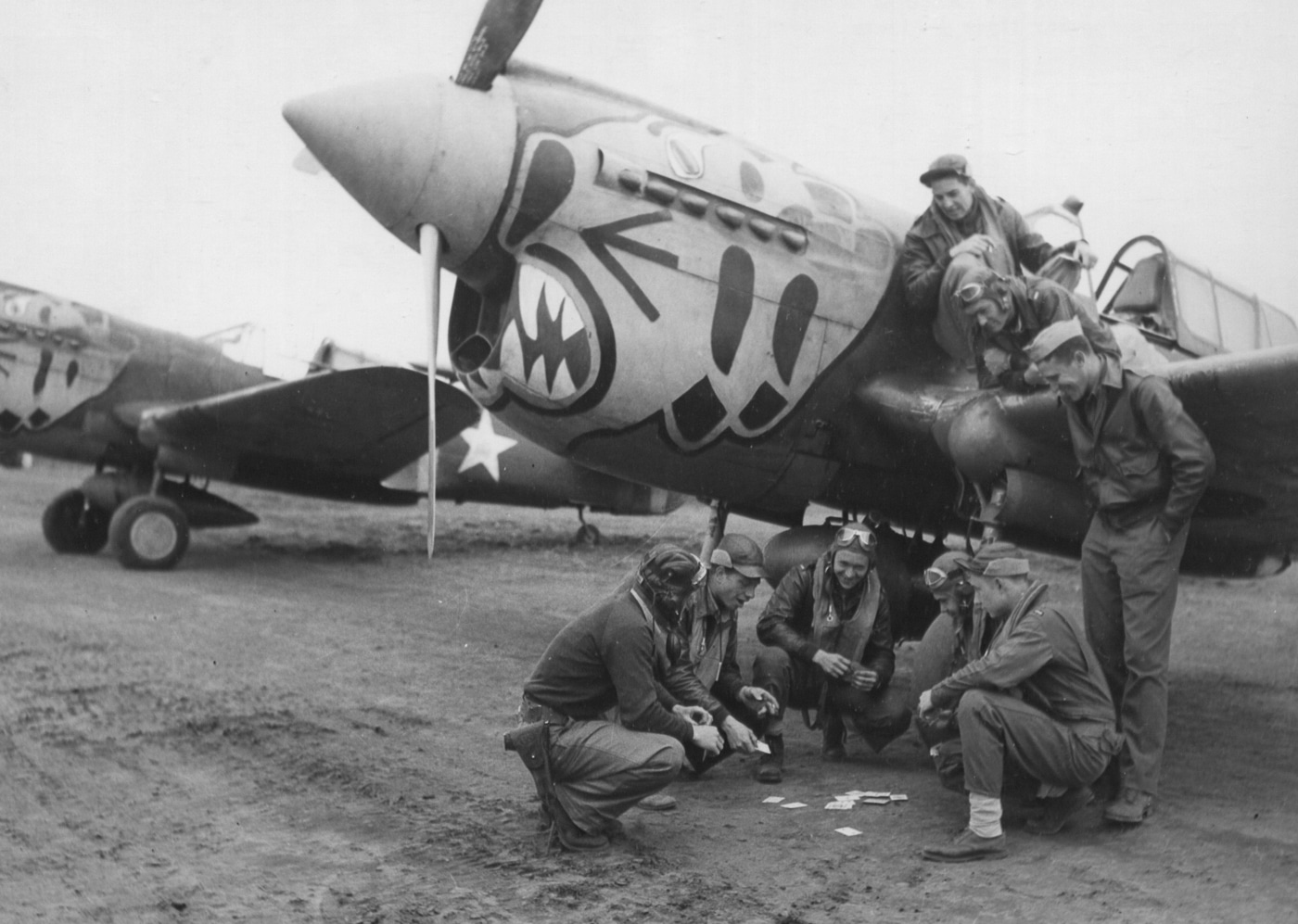
Hitler went on a rage-driven rampage. Heinrich Himmler ultimately killed some 4,980 Germans felt to be disloyal in reprisals. Von Stauffenberg himself was shot outside the Benderblock headquarters in Berlin in the middle of the night while illuminated by the headlights of a military truck. Though the assassination attempt was obviously a failure, the resulting purge and paranoia at the highest levels did substantively advance the Allied cause.
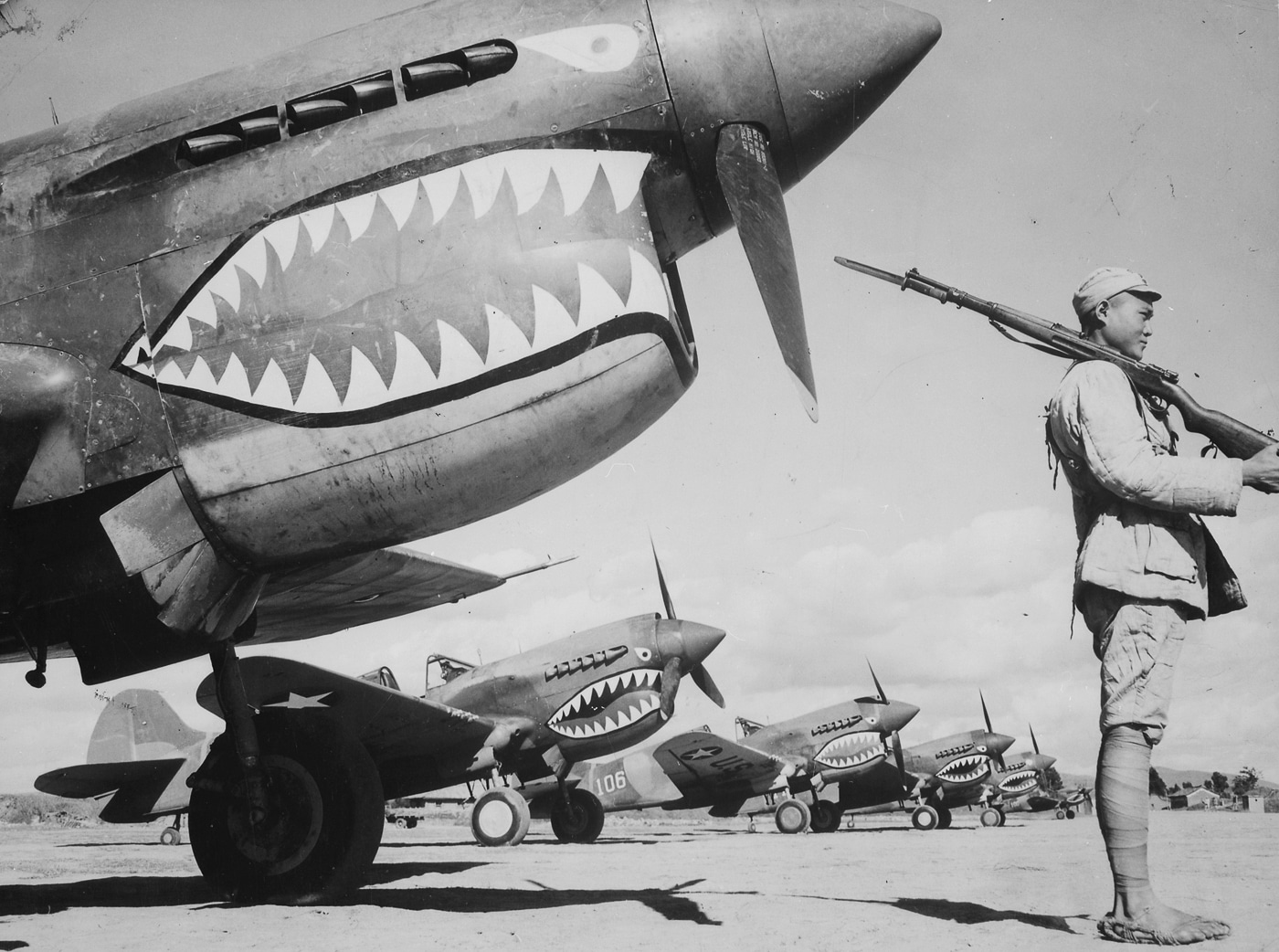
Had von Stauffenberg not been so badly injured he could have easily armed both bombs, and Hitler would have died. However, had it not been for his injuries von Stauffenberg might have remained in an operational assignment and never gotten so close to Hitler. Sometimes in war as in life, little things can be big things.
The Plane
The Curtiss P-40 was the primary fighter aircraft of the U.S. Army Air Corps at the outset of World War II. An advanced all-metal design, the Warhawk first flew in 1938 and entered squadron service a year later. The P-40 was the third-most commonly produced American fighter of the war behind the P-47 Thunderbolt and P-51 Mustang. Some 13,738 copies rolled off the lines. New P-40’s cost Uncle Sam about $36,000 back in the late 1930’s. That would be a bit north of $600,000 today.
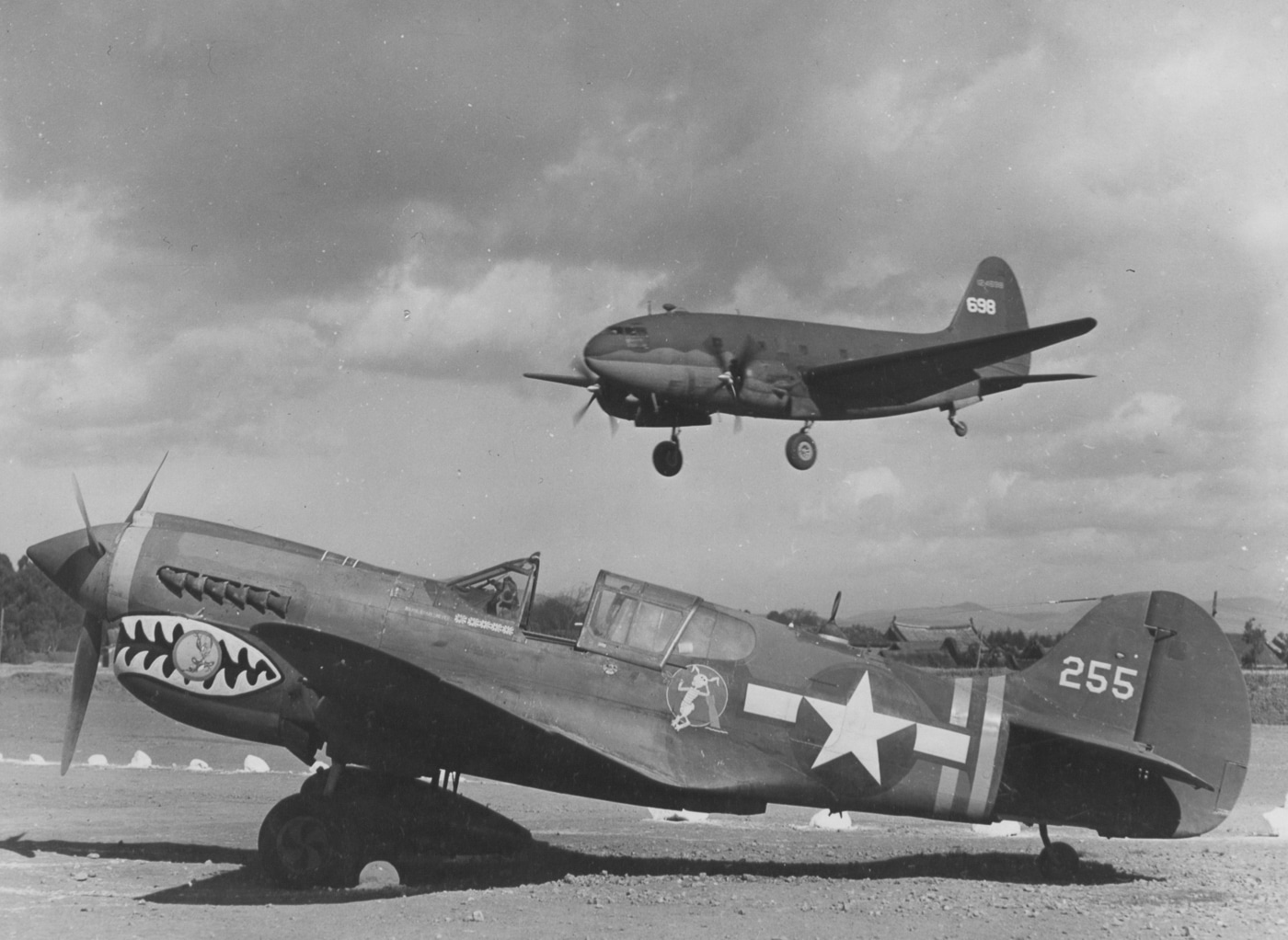
The earliest P-40B was equipped with an Allison V-1710 engine producing 1,040 horsepower. These early planes featured two .50-caliber guns in the engine cowling synchronized to fire through the propellor arc along with four wing-mounted .30-calibers. Later P-40E and K models sported half a dozen fifties in the wings. The planes used by the Australians to nearly kill Claus von Stauffenberg would have been the latter sort.
The Warhawks that were so badly ravaged during the attack on Pearl Harbor were B-models. The definitive wartime version was the P-40E. This plane sported an Allison V-1710-39 V-12 liquid-cooled engine producing 1,240 horsepower. Essentially the same engine was used on the P-38 Lightning. In the case of the twin-engine Lightning, one engine was geared to turn the prop in the opposite direction to help offset torque effects.
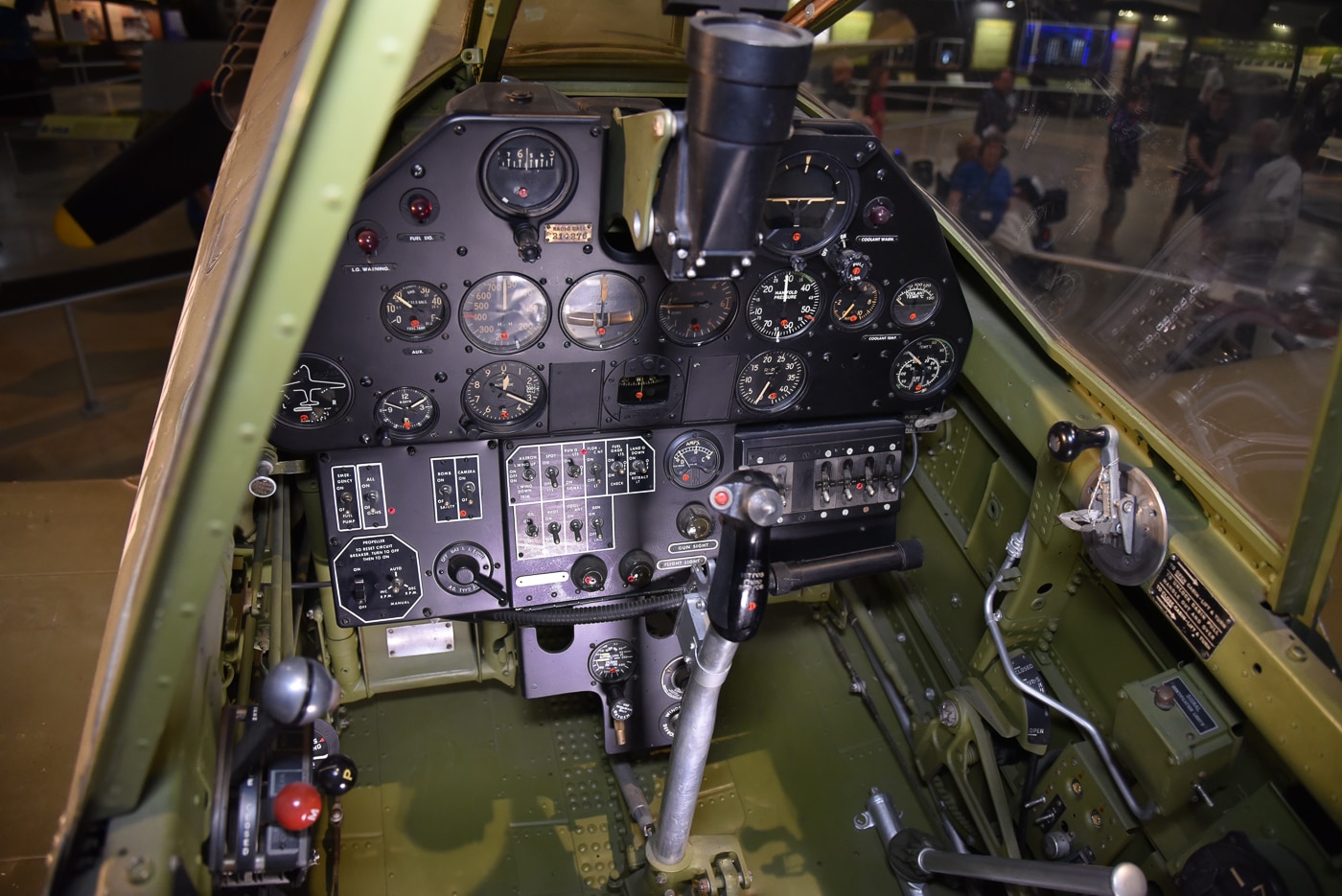
The gaping radiator underneath the big Allison engine lent itself to a shark’s mouth. This flamboyant decoration was pioneered by the P-40’s most famous users, Claire Chennault’s American Volunteer Group — the Flying Tigers. In Commonwealth service, the P-40B and C were called the Tomahawk, while the P-40E and later variants were Kittyhawks.
Impressions
I recently had the opportunity to observe a P-40E up close, and it is a surprisingly large plane. The landing gear struts fold backwards and the wheels rotate to rest flush in their wells. The landing gear of the F4U Corsair has to perform a similar chore. Despite this complexity or perhaps because of it, the Warhawk’s landing track is wide and stable.
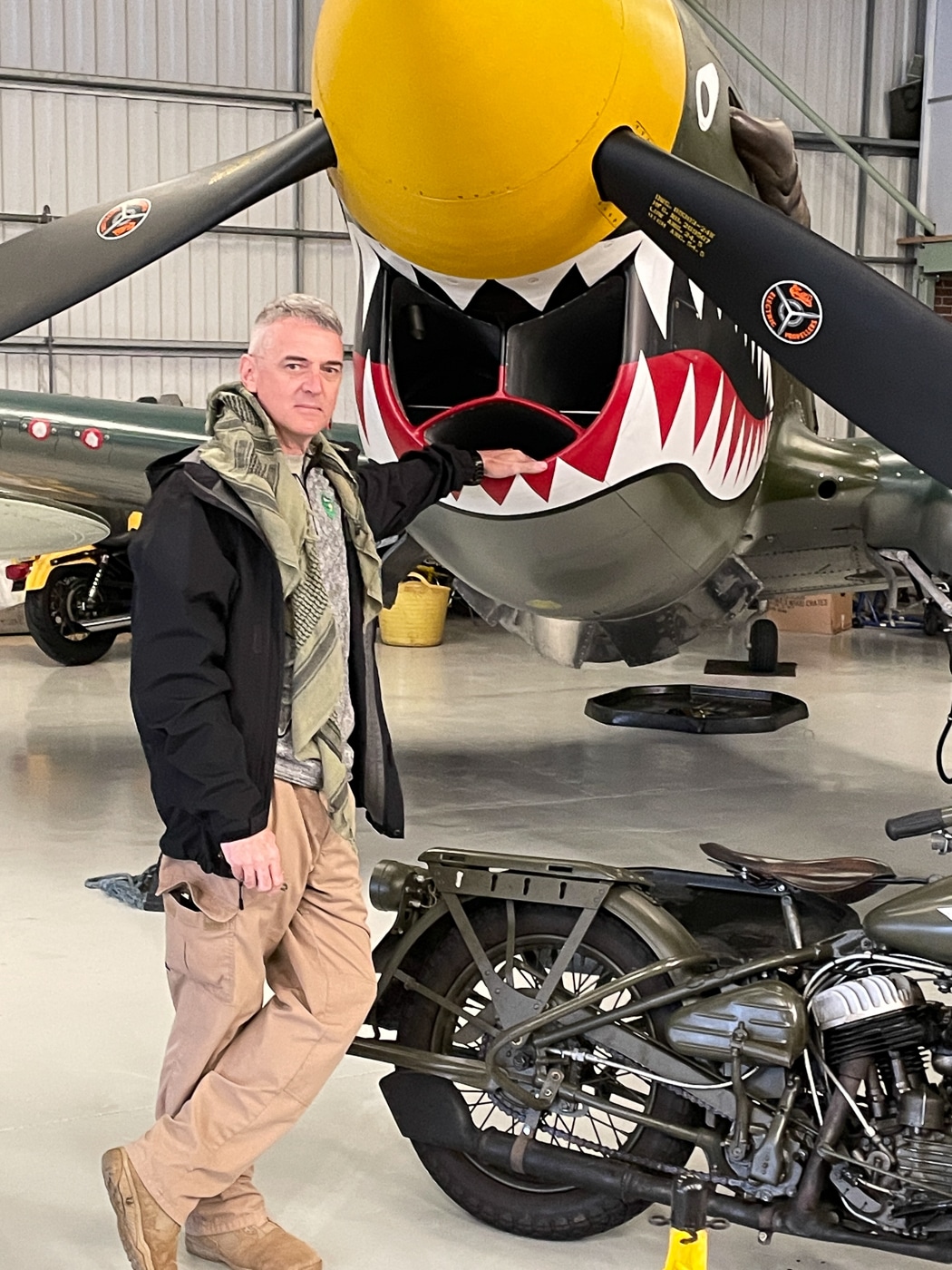
While the P-40 was heavy for its era and struggled in the close fight with Japanese Zeroes and German Messerschmitts, it was a slippery design that built up speed quickly in the dive. As a result, Allied pilots were trained to engage in slashing attacks at high speed and from altitude whenever possible. This maximized the capabilities of the P-40 while negating some of the advantages of enemy planes.
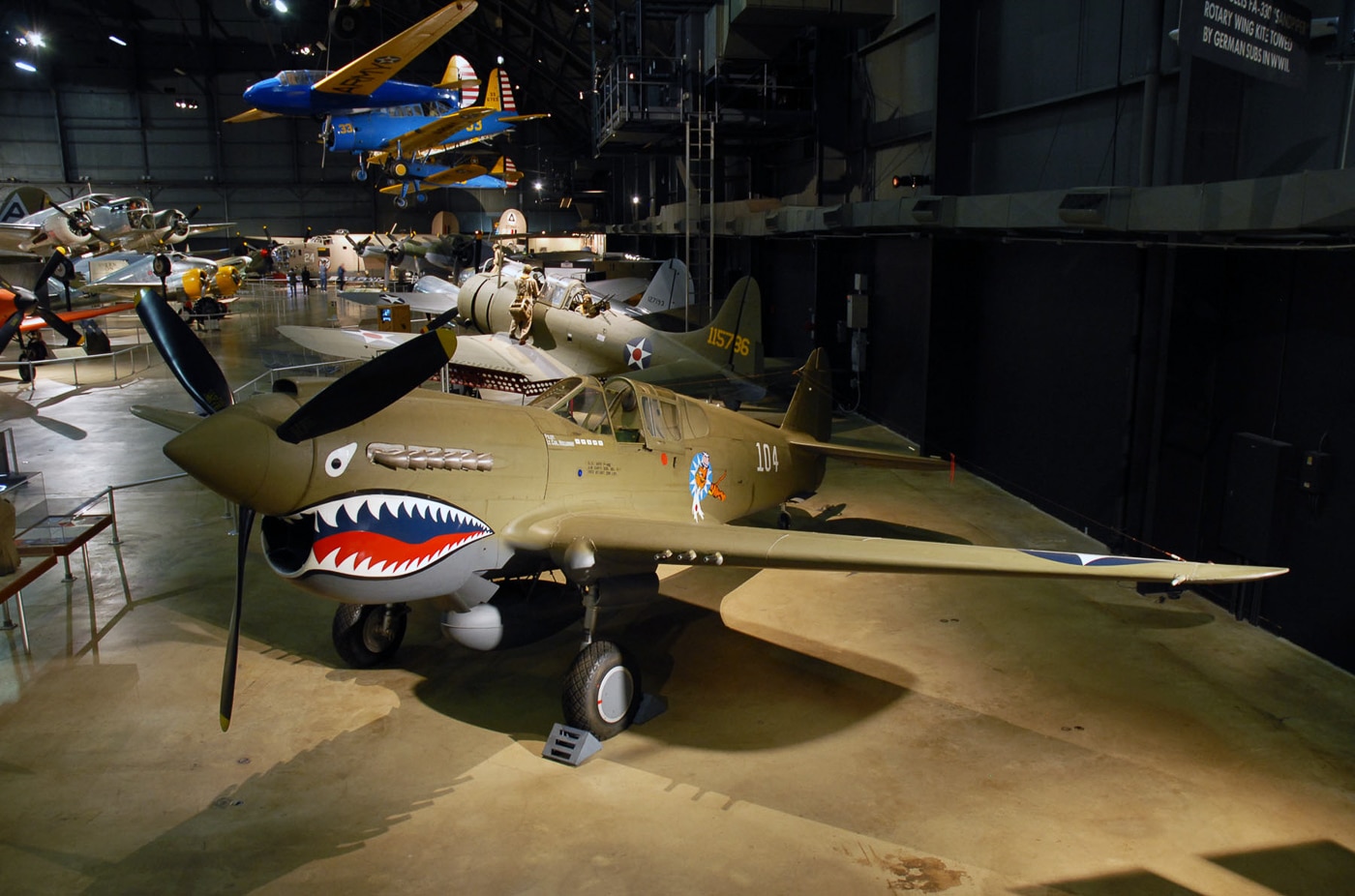
The P-40 Warhawk is a beautiful war machine that just drips history. While such planes were cheap in the immediate aftermath of the war, they are breathtakingly expensive today. Early in the conflict as America struggled to find its war footing, it was the P-40 Warhawk that took the fight to the enemy. The vengeance it wrought eventually led to crushing defeat for the Axis powers.
Special thanks to www.flyaspitfire.com for the rare opportunity to study one up close.
These Exclusive Bundles Feature Five Magazines and Key Performance Upgrades at No Additional Cost
(McLean, VA – February 21, 2023) FN America, LLC is pleased to announce the release of four new promotional pistol bundles for the FN 509® and FNX™-45 Tactical that include upgrades like the FN 509 flat-faced trigger and fiber optic front sight.
Each pistol includes five magazines packaged inside a premium FN zippered range bag at no added cost. These exclusive bundles will be sold through authorized FN distributors and retailers and are available for a limited time only.
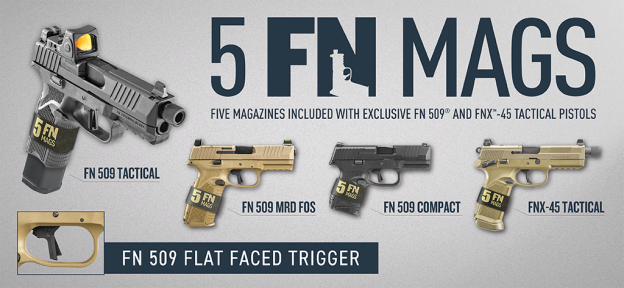
Each pistol will be packaged with three additional extended-capacity magazines, where applicable, for a total of five per pistol. The FN 509 Tactical, FN 509 Compact and FN 509 MRD will feature FN’s custom flat-faced precision trigger that breaks vertically at 90 degrees while the FN 509 MRD FOS will feature the green fiber optic front sight found only on the FN Edge Series models.
FN 5 Mag Pistol Bundle Details:
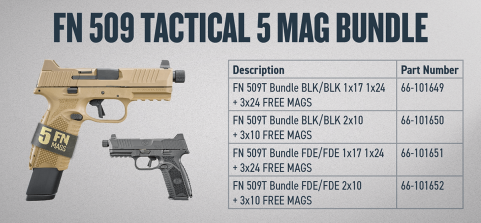
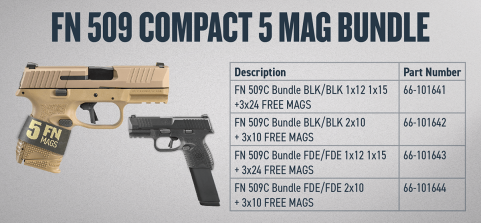
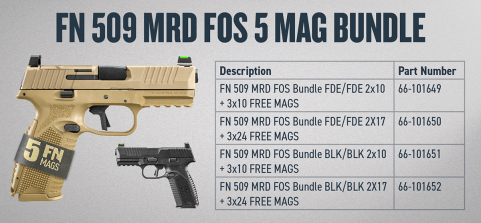
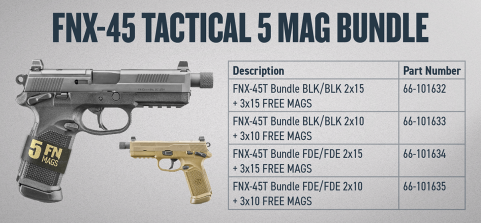
These added accessories and upgrades will be offered at no additional cost to the retail price of the standard models but will be a one-time production run and available only for a short period of time. To purchase, look for the black branded band around the grip at your local retailer. Visit fnamerica.com/promotions/5mags/ to learn more.
# # #
Carry the Future® | FN America, LLC, the U.S. subsidiary of Belgium-based FN Herstal, S.A. provides U.S. military, law enforcement, and commercial customers with a complete range of state-of-the-art, groundbreaking solutions developed around small caliber firearms and associated ammunition under the FN brand name.
FN Herstal is the Defense & Security entity of Herstal Group that also includes a Hunting & Sports Shooting entity (Browning and Winchester Firearms’ brand names) and operates globally.
FN product lines include portable firearms, less lethal systems, integrated weapon systems for air, land, and sea applications, remote weapon stations, small-caliber ammunition, as well as modern and cutting-edge solutions to provide enhanced combat, logistics, maintenance, and communication capabilities.
In addition to FN America – headquartered in McLean, VA, with manufacturing operations in Columbia, SC –, FN Herstal is the parent company of FNH UK in the UK and Noptel (optoelectronics) in Finland.
For more information on FN’s latest products, visit us at www.fnamerica.com or follow us on Facebook, Twitter, and Instagram.